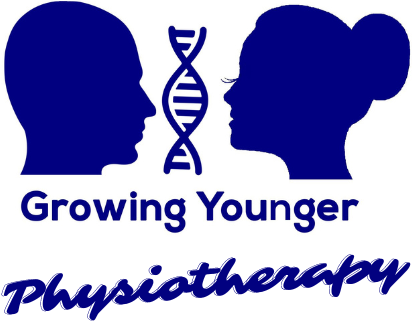What Causes Varicose Veins?
As the population ages the healthcare industry is facing growing issues that affect mostly people over 40. One such issue is varicose veins. Varicose veins are superficial veins that have become deformed and enlarged. These usually large veins are found just under the skin. These veins have a very characteristic appearance. That’s why they are often referred to as “spider veins”.
To better understand this condition, it is best to look at symptoms, risk factors and treatment, but first, what are varicose veins? And what causes varicose veins?
Veins are the blood vessels that carry de-oxygenated blood from the body to the heart, while, arteries carry oxygenated blood from the heart to the body. Veins have a series of one-way valves that keep the blood flowing in one direction towards the heart.
Varicose veins are caused by poorly functioning valves in the veins. They are further accentuated by a decrease in elasticity within the vein wall. This allows the pooling of blood within the veins, and their subsequent enlargement. Varicose veins may appear green, dark blue, or purple in colour. Symptoms of varicose veins include pain, itching, limb heaviness and cramps. The prevalence of varicose veins in Western populations was estimated in one study to be about 25-30% in women and 10-20% in men.
Studies have found that varicose veins tend to run in families. They usually develop between the ages of 30 and 60 years and tend to worsen with age. Other risk factors may include hormonal factors, excessive weight, pregnancy, circulatory problems or direct injury to the vein. Recent evidence found that jobs that involve standing for prolonged periods of time are at greater risk of developing varicose veins. So varicose veins prevention may involve avoiding prolonged periods of standing especially if you have close family members with this condition.
Surgical treatment may not be necessary unless symptoms are problematic. However, some people may want surgery for cosmetic reasons. If varicose veins are small and not too uncomfortable, elastic compression stockings may be recommended. These are worn during daily activities and help to compress the veins, keeping them from stretching and limiting any discomfort or pain. Sclerotherapy is another form of treatment. It involves using a fine needle to inject a special solution into the affected vein. The solution irritates the lining of the vein causing it to harden (sclerose) and seal off. As a result, blood is prevented from entering that portion of the vein and is forced to flow through other veins. Exercise has also been found to improving calf muscle strength and ankle range of motion which improves vein function and prevents back flow of blood.
To conclude, varicose veins are caused by a decreased elasticity and poorly functioning valves which cause pooling in the vein. The symptoms are observable with multiple risk factors involved. Treatments range from surgical to non-invasive. If you are concerned about varicose veins then please consult a health professional.
– Shawn Lawyer, Physiotherapist at Growing Younger Physiotherapy Howick & Pakuranga
